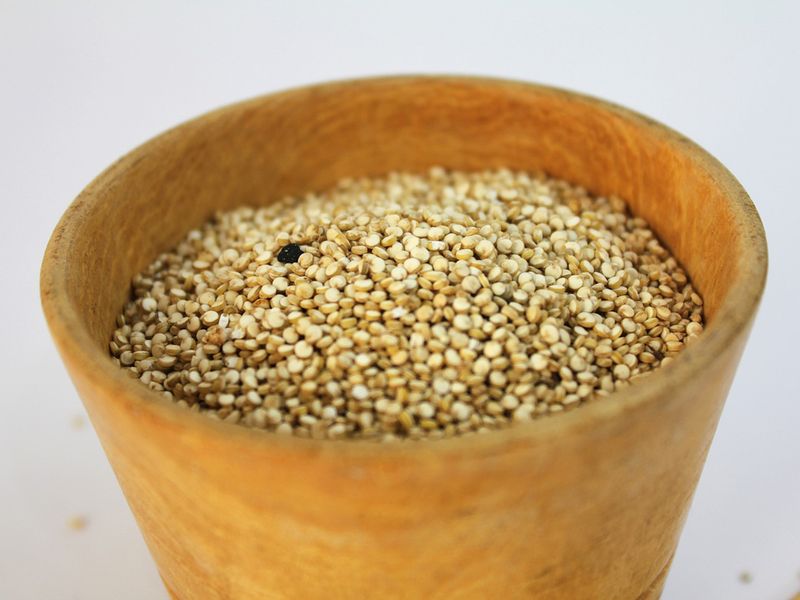
Long before doctors were able to break down exactly why certain fruits and nuts are good for our health, people were instinctively using them in traditional medicine or as a natural source of vitamins and minerals.
Click start to play today’s Word Search, where you’ll find a few items from Nature’s harvest – from ‘sprouts’ to ‘walnuts’. Visit Gulf News’ Food section for more on food, recipes, and cuisines.
Here are some picks from today’s puzzle, and why they’ve been beloved for centuries:
1. Goji berry
Also known as wolfberries, these tiny, raisin-like red berries are the fruit of the Lycium barbarum plant. Today, they’re considered to be a superfood, because they contain a high level of antioxidants and beta-carotene, along with vitamins A and C. They’re known to protect against age-related eye diseases, boost the immune system, and promote healthy skin. In ancient China, healers were aware of many of goji berries’ beneficial properties, and included them in traditional medicine, from as far back as 200BC.
2. Amaranth

Although this ancient grain has recently regained popularity as health food, it has been a dietary staple in many parts of the world, for millennia. Cultivated for about 8,000 years, amaranth was a staple in Inca, Maya and Aztec civilisations. The Aztecs, in particular, built statues of their deities in amaranth and honey, and on special occasions, the statues were broken down and distributed for eating. Amaranth gets its name from a Greek word, meaning ‘one that does not wither’. Rich in fibre, antioxidants and protein, amaranth is naturally gluten-free and a good source of magnesium, phosphorous and iron.
3. Ginger

Originating in southern China, and quickly spreading to India, ginger has been used as a tonic root to treat ailments, such as colds, hypertension, and arthritis, for over 5,000 years. It has even been used as a flavouring agent in food long before its history was formally recorded, according to the 2011 book, Herbal Medicine: Biomolecular and Clinical Aspects. Apart from bringing a fragrant zest to one’s dinner plate or cup of tea, ginger benefits gastrointestinal motility – the rate at which food exits the stomach – and helps in digestion. Recent research has also found that ginger contains over 400 natural compounds, many of which, are anti-inflammatory.
Explore other ancient superfoods in today’s Word Search, and let us know your favourites at games@gulfnews.com.



